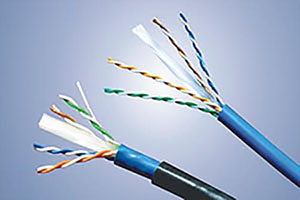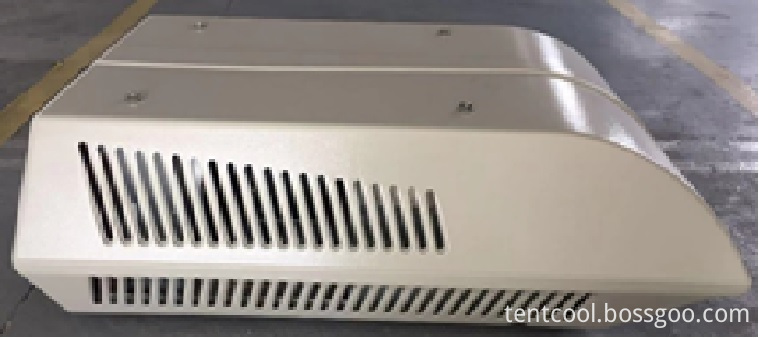Rooftop Shelter Air Conditioners are widely applied to crane
equipment, vehicles, and small vessels etc. The units have cooling, heating,
ventilation and dehumidification functions, with anti-shake, anti-vibration and
high reliability characteristics. All-in-one design improves the
stronger applicability and generality.
Features:
1. Instant cooling/Temperature adjustable
2. Precise temperature control
3. Modern design and high compatibility
4. Memory function and delay start
5. Low noise
6. Delay start function
Technical Data:
Model No.
TRS-020HCWa
TRS-032HCWa
TRS-035HCWa
Cooling capacity
kW/BTU
2.0KW/7000BTU
3.2KW/11000BTU
3.5KW/12000BTU
Electric source
PH-V-Hz
220V 50Hz / 60Hz
220V 50Hz / 60Hz
220V 50Hz / 60Hz
Rated Cooling Power Input
W
1050
1380
1220
Rated Cooling Current Input
A
4.8
6.3
6.1
Working Condition
℃
`-30~45
`-30~45
`-30~45
Temperature Control Range
℃
15~35
15~35
15~35
Refrigerant
R22/R410a
R22/R410a
R22/R410a
Noise
dB(A)
≤50
≤50
≤50
Dimension(LxWxH)
mm
980*640*230
1060*720*365
1060*720*365



Rooftop Shelter Air Conditioner
Rooftop Shelter Air Conditioner, Recreational Vehicle air conditioner, Touring Vehicle air conditioner, Motor homes air conditioner
Taizhou Tentcool Electrical Appliance Co., Ltd. , https://www.tentcool.com